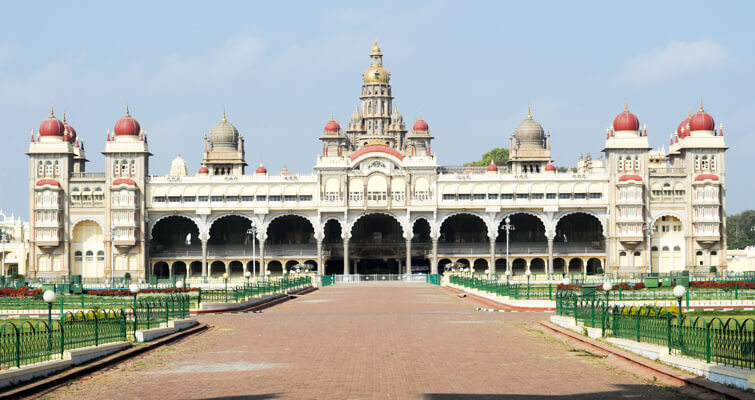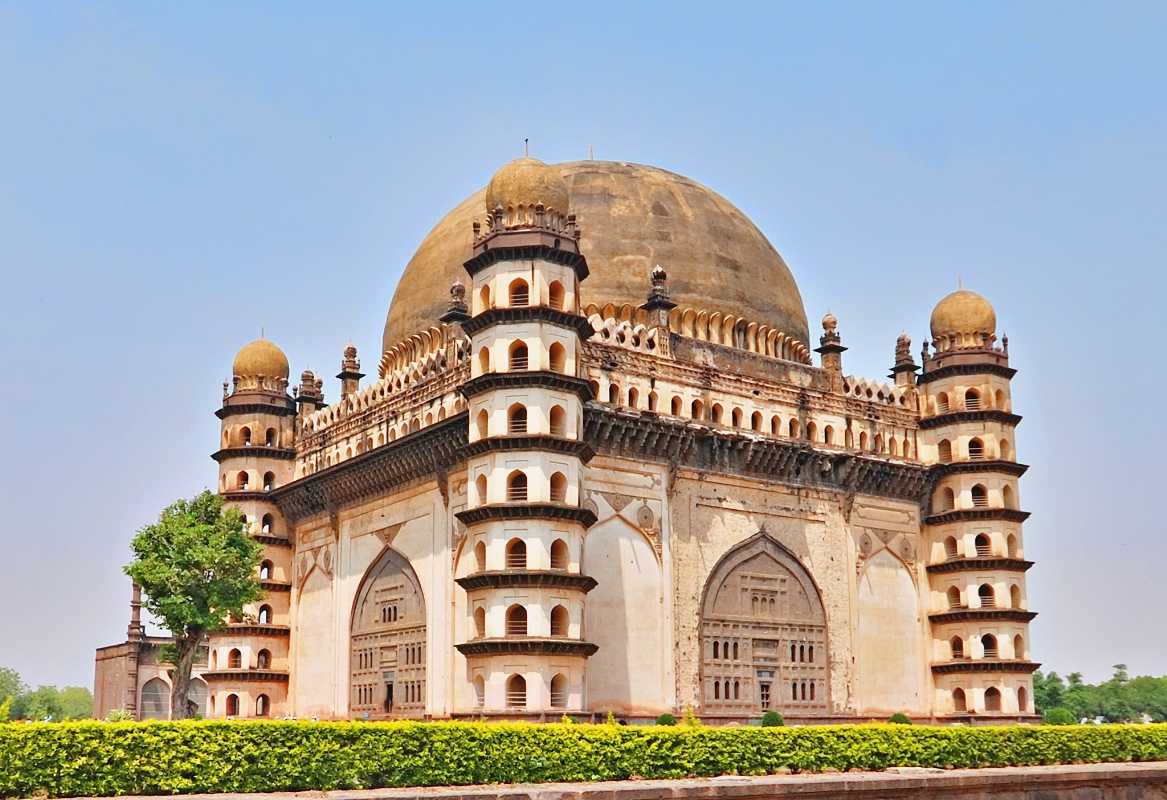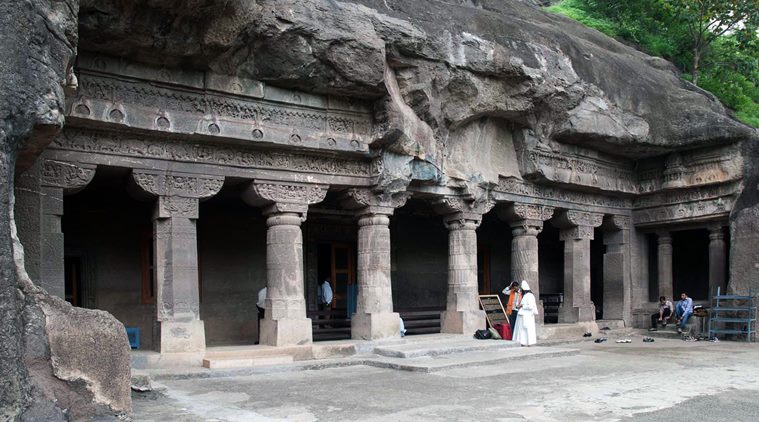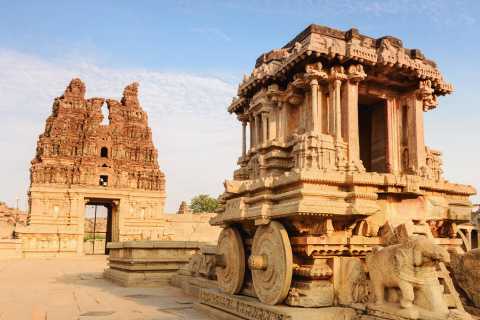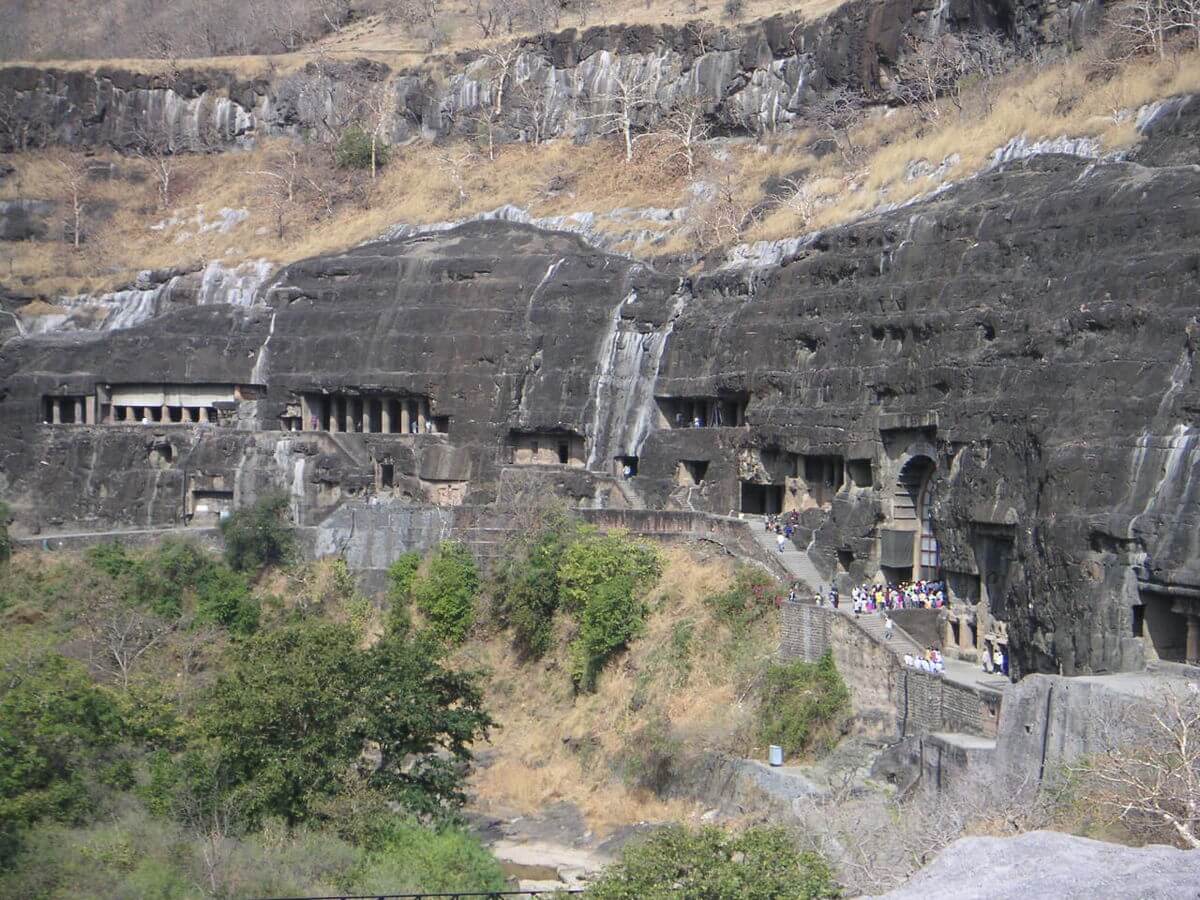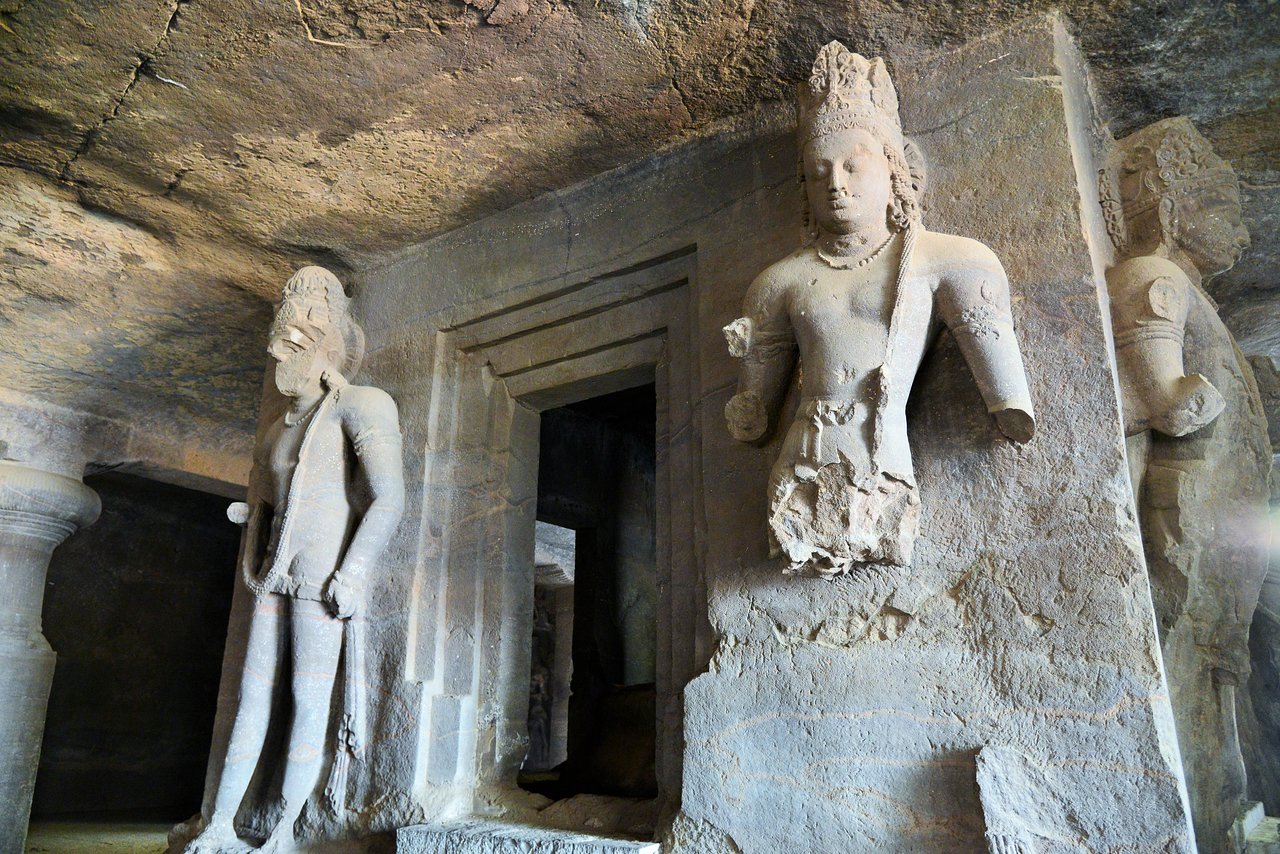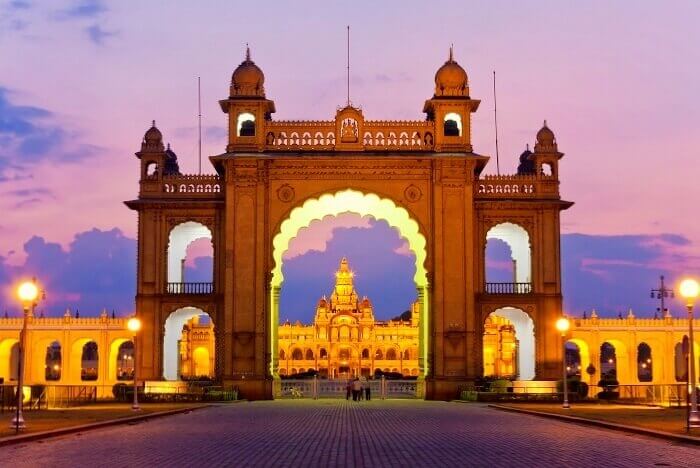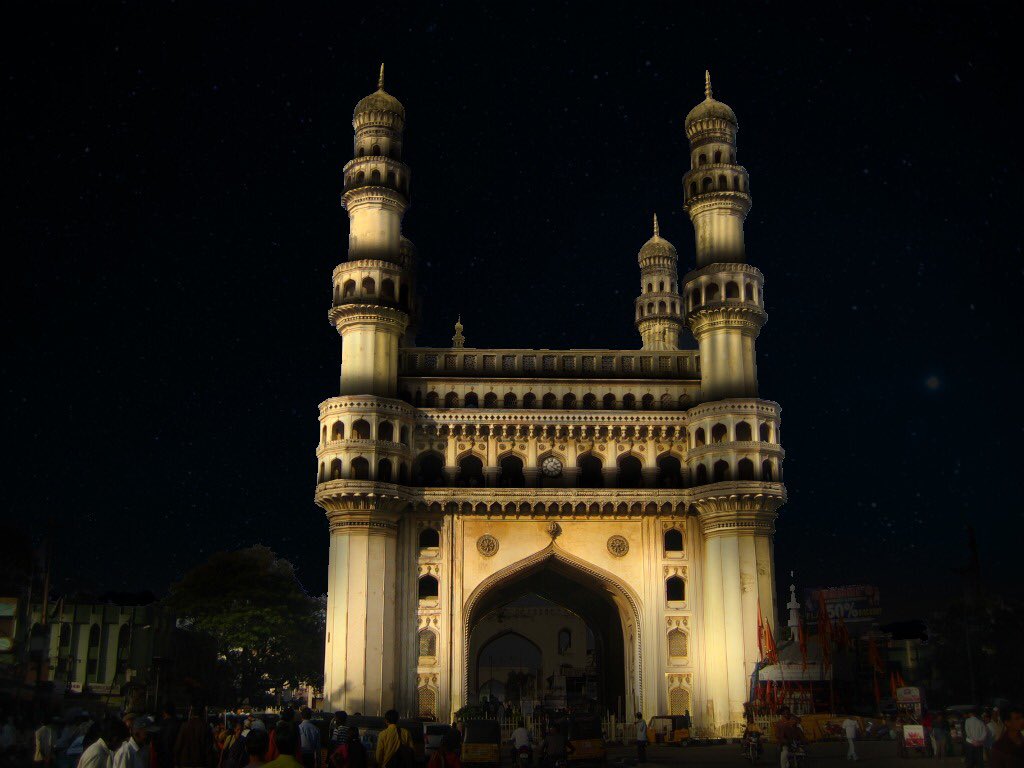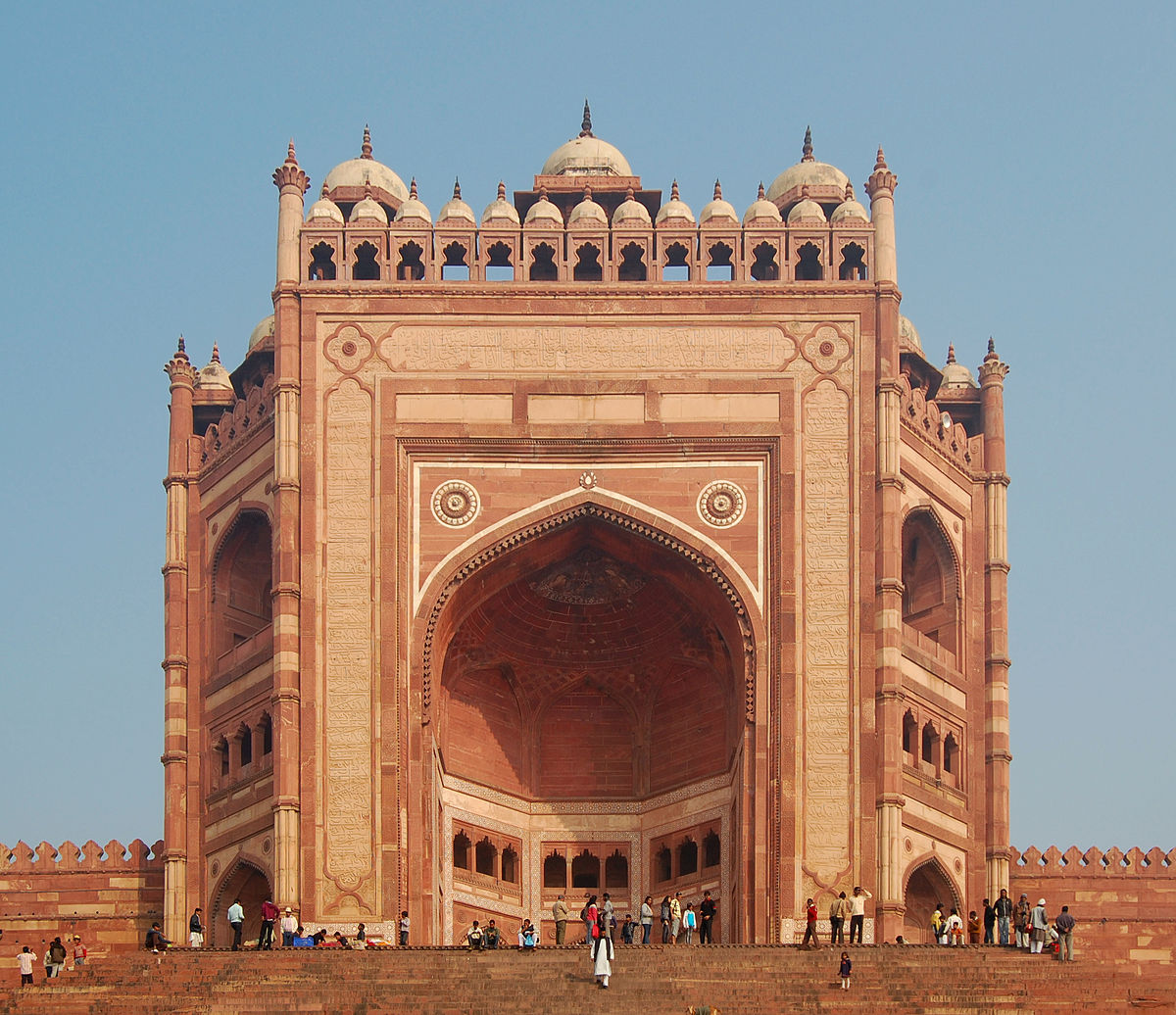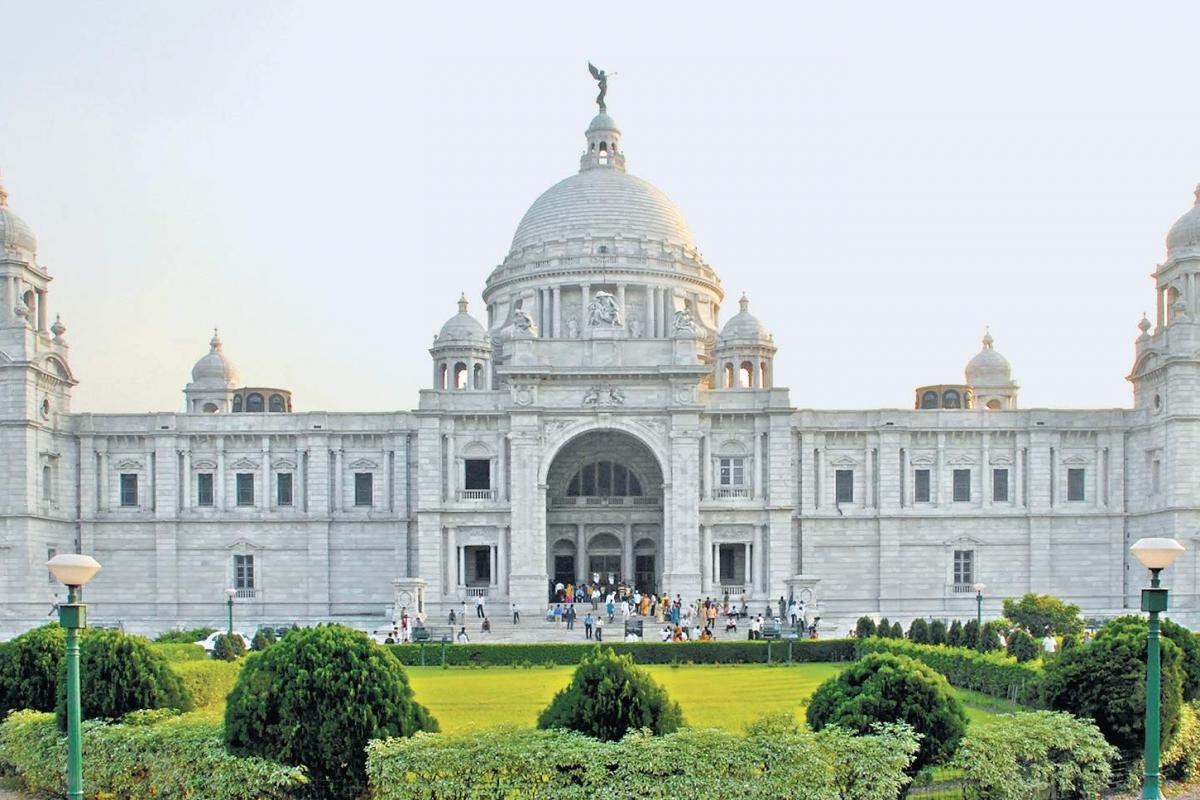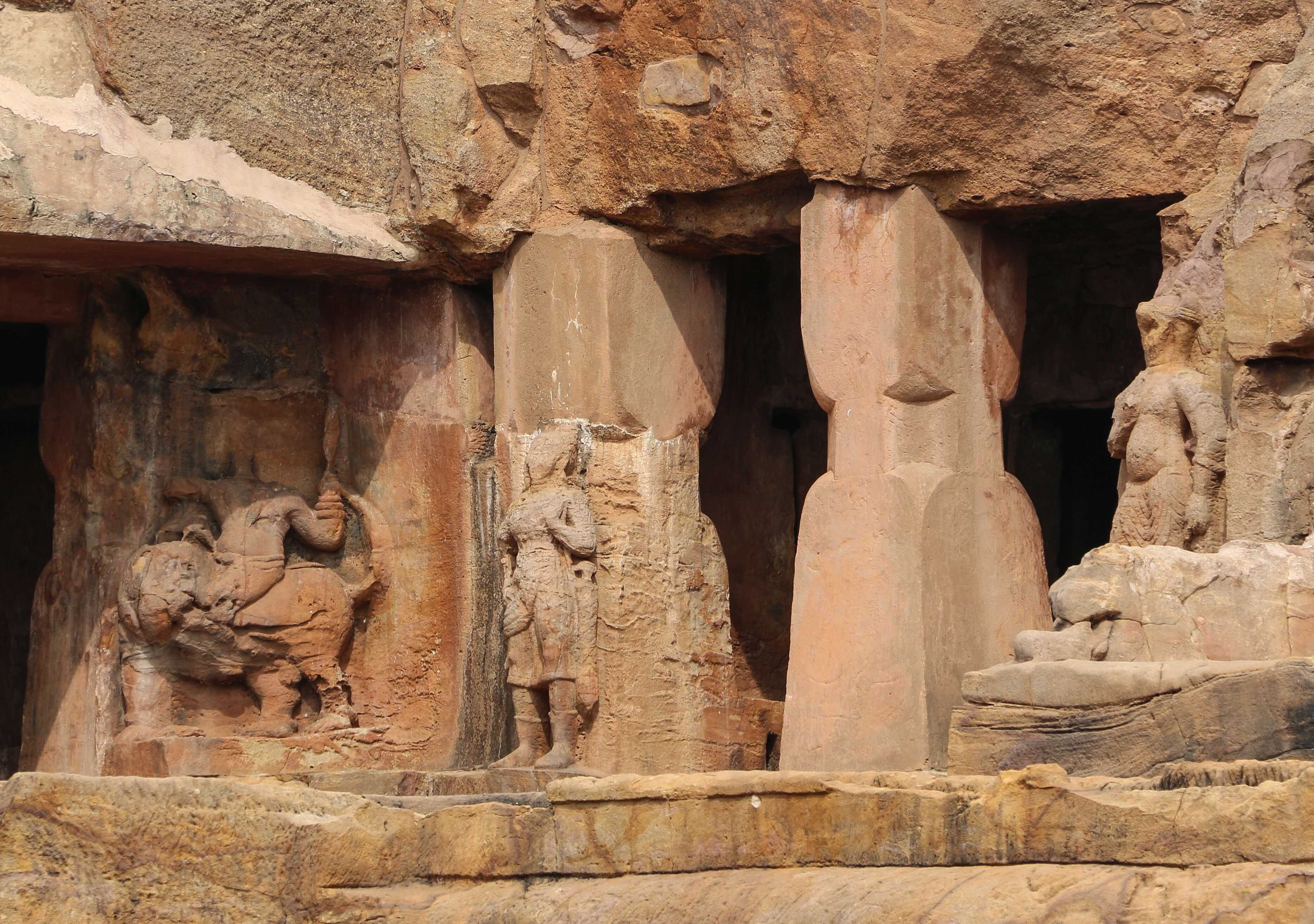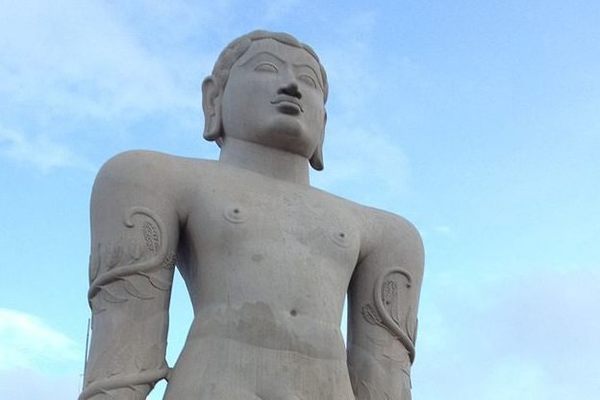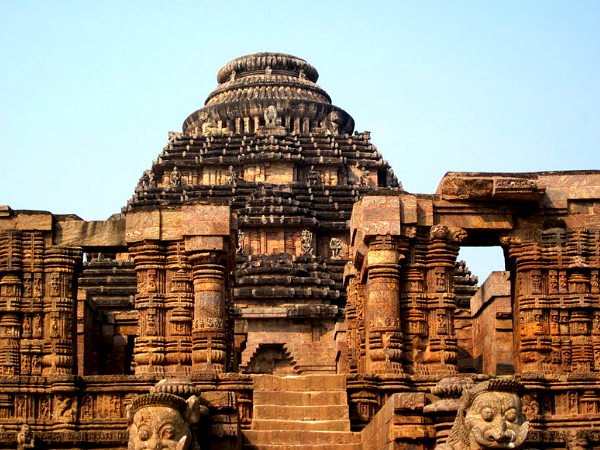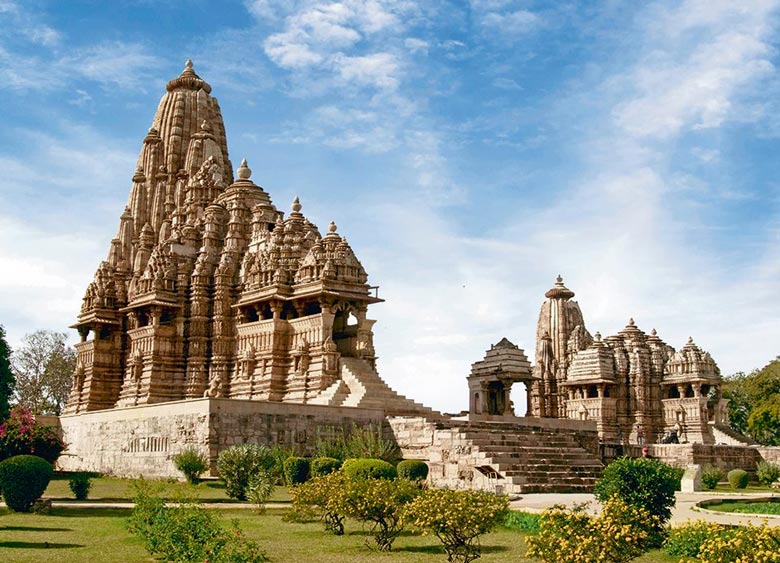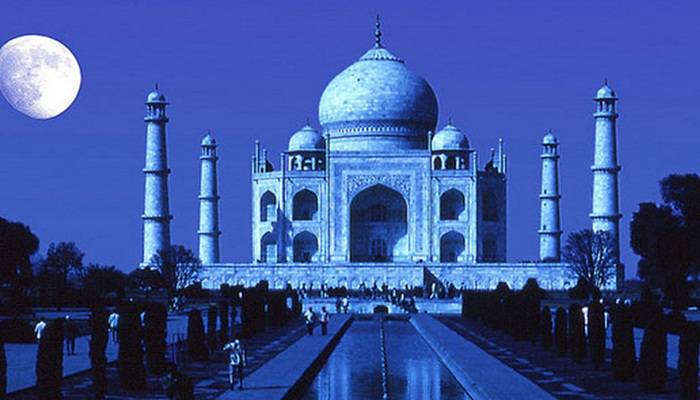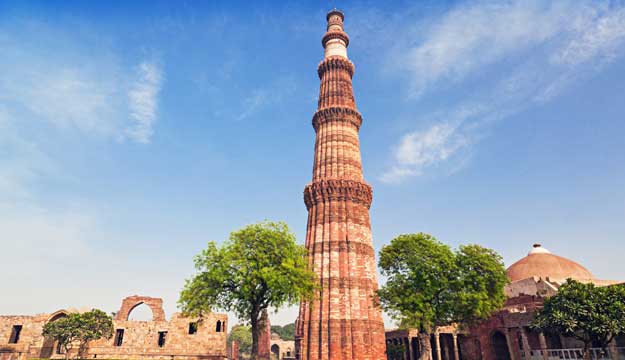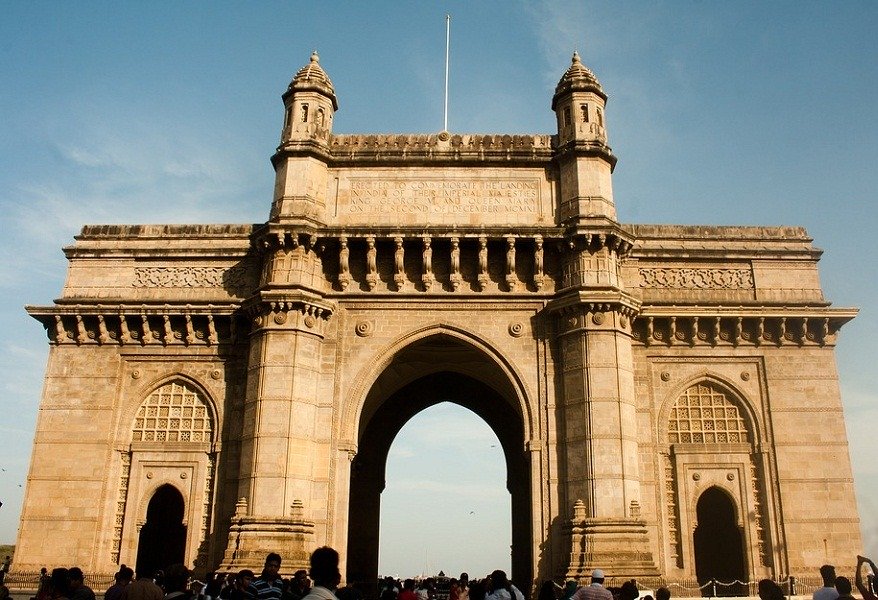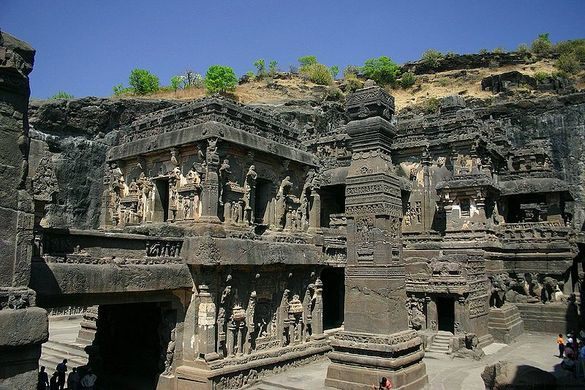- Home
- Monuments of India
Monuments of India
Monuments of India:
India is a land of rich culture and Heritage. Some of the important historical monuments in India reflect the marvelous work of Indian art and architecture and also speaks about the rich history of India . Each Monument of India is indeed a good example for the splendid art and architecture during the ancient period.
It can be the magnificent white marble Taj Mahal, or the red sandstone Red fort in Delhi each monument has its own interesting history to read and understand. Some of the other important Indian monuments include Qutb Minar, India Gate, Humayun tomb, Mysore Palace, Charminar, Ajanta caves, Ellora caves, Konark Sun temple, Khajuraho temples, Victoria memorial, buland Darwaza, Sanchi Stupa, Statue of Gomateshwar, Nalanda University, Hampi Gol Gumbaz, Gate way of India, Mahabalipuram rathas, elephanta caves Mumbai, Rock shelters of Bhimbetka, Udayagiri and Khandagiri caves, Vivekananda Rock.
Read more on Indian History
Some of the most visited monuments in India are spread across the country. The craftsmanship and the architecture of these monuments are undoubtedly the most praiseworthy. Some of the monuments are centuries old and still look fresh and beautiful.It can be the architecture during the Mughals or Hindu architecture each monument has its own interesting stories. These monuments tell us the history of India and are considered as pillars of Indian culture and tourism. Here are some of the few such monuments of India.
Taj Mahal, Agra, Uttar Pradesh
Taj Mahal is one Seven wonders of the world. It was built during the Mughal Period and is considered as the epitome of true love. Shah Jahan built this world famous monument in memory of his wife Mumtaz Mahal. Construction of this massive structure was started in the year 1632 and was completed entirely in the year 1653.
Built in white marble on the banks of River Yamuna is still world famous. People from different parts of the world visit India to see and feel the beauty of this monument. The geometrical patterns and the garden all around make it a perfect place to visit. It was declared as the UNESCO world heritage site in the year 1983
Read more about Indian Dynasties
Qutb Minar is another masterpiece of Mughal architecture. The 73 m long majestic structure is the famous landmark of Delhi. It is the world UNESCO world heritage site and in the Mehrauli area of the capital city of India Delhi. The construction of the massive structure was commissioned by Qutb-ud-din-Aibak and was completed by his son in law Iltutmish.
The building has five storeys with a balcony around it. The first three storeys are built in Red sandstone and the fourth and fifth are built in Red Sandstone and marble. The Qutb complex consists of Qutb Minar, Quwat-ul-Islam Mosque, Alai Darwaza, Iron Pillar, Alai Minar. Quwat-ul-Islam mosque was the first mosque built in India. Iltutmish made a few additions to the building.
India Gate is located at the heart of the capital city of India in New Delhi. It was built in the memory of the soldiers who laid their lives fighting for the British army in the World War 1. The arch shaped memorial has names of the soldiers of both British and India who died in the Northwestern frontier in the Afghan war of 1919.
The monument was designed by Edward Lutyens and the foundation stone was laid by his highness the Duke of Connaught in 1921. It was dedicated to the nation 10 years later. Amar Jawan Jyothi was erected much later after independence to commemorate the soldiers who laid their lives in the war of liberation of Bangladesh in 1971. It is the eternal burning flame and the structure consists of black marble plinth with a reverse loading rifle capped by a war helmet. Four urns surround the structure with permanently burning flames.
Humayun Tomb: New Delhi
Humayun;s tomb was built by Humayun’s wife Hajji Begum in his memory in the year 1565. Surrounded by beautiful gardens all around is quite similar to the structure of Taj Mahal. The construction was commissioned nine years after the death of Humayun. It was declared a UNESCO Heritage site in 1993.
Mysore Palace, Mysore, Karnataka
Mysore Palace also known as Amba Palace is located in the city of Palaces, Mysore, Karnataka India. The Palace is the official residence of the Wodeyar dynasty who ruled from 1399 to 1950. In 1897 the wooden palace was destroyed by fire during the wedding ceremony of His Highness Rajarshi Krishnaraja Wodeyar IV’s eldest sister, Princess Jayalakshmi Ammani was taking place.
The Palace was demolished and rebuilt many times
It was rebuilt and was reopened in 1912. The architecture and the paintings in the palace is marvelous. The best time to visit Mysore is during the Dasara Festival where the whole city is decked with lights and the lighting of the palace is just wonderful to experience.
Hampi is located in the northern part of Karnataka India. It is declared as the UNESCO world heritage site and is famous both historically and architecturally for several monuments. The most famous is the Virupaksha temple and was the capital of the famous Vijayanagara Empire.
Gol Gumabaz:
It is located in the Bijapur district of Karnataka, India. It is the mausoleum of king Muhammed Adil Shah. built in grey basalt this beautiful structure is known as the Taj Mahal of South India. The dome of the Gol Gumbaz is considered as the second largest in the world. The beauty of Gol Gumbaz is that even a slightest whisper in the gallery can be heard everywhere in the gallery. It is known as Whispering Gallery. The echo system is so well that any sound can be heard 11 times.
Statue of Gomateshwara: Karnataka
This huge monolithic statue is located at Shravanabelagola in Karnataka India. It is the tallest monolithic statue in the world carved on a single block of granite. It symbolizes the principles of Jainism like Peace, non violence, sacrifice worldly affairs and follow simple living. It is an important pilgrimage center for Jains and during the festival of Mahamastakabhisheka thousands of tourists visit the place. The festival is held once in 12 years on a very grand scale.
Charminar, Hyderabad Telangana
Charminar is a mosque constructed in 1591 in Hyderabad, Telangana. It was built by Muhammad Quli Qutb Shah of Qutb Shahi dynasty. The structure is built in granite, limestone, mortar and pulverized marble. It looks massive and impressive with four minarets.
Ajanta Caves: Aurangabad, Maharashtra
Ajanta caves are the old 30 rock cut Buddhists caves which date back to the 2nd century to about 480 CE. It is the UNESCO World Heritage site and consists of paintings and sculptures. Ajanta caves are one of the finest examples of Indian Art. There are 30 caves built during different periods and each cave has different paintings on it.
Ellora caves lie in the Sahyadri hills in Aurangabad Maharashtra, India. It was built between 600 CE to 1000 CE. Ellora caves has around 100 caves and comprises of Hindu, Buddhists and Jain temples. Out of 100 caves only 34 caves are open to the public. It is the UNESCO world heritage site. Cave 16 has the famous single largest monolithic excavation which has the Kailasha temple dedicated to lord Shiva.
Out of the 34 caves, caves 1-12 is of Buddhist, caves 13-29 are Hindus and caves 30-34 is of Jains. All the caves were built during Hindu dynasties period. These caves were mostly used as rest rooms, temples and monasteries. It also served as a trade route during the ancient period.
Konark sun temple is located in Konark near Puri in Odisha India. It is dedicated to Hindu God Sun. Most of the temple especially the shikara is in ruins what remains only is the 100 ft high chariot with wheels and horses carved from stone. The temple was built by King Narasimhadeva I of Eastern Ganga dynasty in 1250 CE. The temple is a UNESCO world heritage site. The architecture of the temple is one of the best examples of Hindu Temple architecture. The temple is built in kalinga style or Orissa style of architecture.
Victoria Memorial is one of the most beautiful monuments in Kolkata, West Bengal India. It was built in memory of Queen Victoria and shows the beauty of Indo saracenic architecture. This huge monument made from the white marble has become a museum and a famous tourist spot in kolkata. After the death of Queen VIctoria on 22nd January 1901, Lord Curzon conceived the idea of building a large building in memory of the Queen.
It was built in 1602 AD by the Mughal emperor Akbar to commemorate his victory over Gujarat. It is the highest getaway in the world and is one of the best examples of Mughal architecture. Also known as Door of Victory it is built using red and buff sandstone which is decorated with black and white marble. It is the main entrance to the Jama Masjid at Fatehpur Sikri.
Sanchi Stupa- Monuments of India
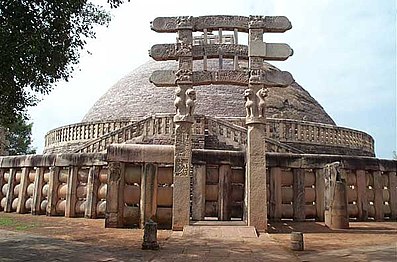 image credit-esamskriti.com
image credit-esamskriti.comThe great stupa at Sanchi were commissioned on the orders of Emperor Ashoka in 3rd century BCE to preserve and spread Buddhists philosophy. It is located at Sanchi town in Madhya Pradesh India. It is one of the oldest structures in India and is the best example of Indian Architecture. Stupas are the large hemispherical domes containing a central chamber in which relics of Buddha are placed.
Nalanda Bihar India
It was an important center for Buddhist learning in ancient times. It is located near Patna, Bihar, India. In the ancient period the school attracted scholars from China, Tibet, Korea and Central Asia. Hieun Tsang who visited the university left a detailed description of the most puristic form of education and lifestyle in Nalanda.
Pancha Rathas:
It is the monument complex at Mahabalipuram on the coromandel coast of Bay of Bengal in Kancheepuram district of Tamil Nadu. It is a monolithic rock cut architecture which was carved during the reign of Mahendravarman I and his son Narasimhavarman I of Pallava Dynasty. The five structures which are chiseled in the shape of Rathas are the classic examples for Indian architecture. The structure is named after Pancha Pandavas and their wife Draupadi of Mahabharata.
It is a UNESCO world Heritage site with a collection of cave temples dedicated to Lord Shiva. It is located in the state of Maharashtra India. The cave consists of five Hindu caves and few Buddhists stupas that date back to the 2nd century. The carvings on these caves narrate Hindu mythological stories. The caves are currently maintained by the Archaeological survey of India.
Udayagiri and Khandagiri Caves:
These two adjacent caves are located near the city of Bhuvaneshwar Odisha, India. Built during the 1st century, these caves have a number of carved caves. Udayagiri has 18 caves while Khandagiri has 15 caves. Each cave has different names like the Rani gumpha, Hathigumpha, Ganesha gumpha, Bajaghara gumpha, Alakapuri Gumpha and so on. Each of these caves have inscriptions in Brahmi script or in Devanagari script. It is around 8 km from Bhubaneswar so one can hire a taxi from Bhubaneswar and reach the place.
Vivekananda Rock Memorial, Kanyakumari
It is a popular tourist monument built in 1970 in the memory of Swami Vivekananda who attained enlightenment on the rock. It was built under the guidance of Eknath Ranade. The memorial has two important structures Shripada Mandapam and Vivekananda Mandapam.
Update on coronavirus in India
Affiliate Disclosure:
If you make any purchase via a link on this site, I may receive a small commission with no added cost to you.

